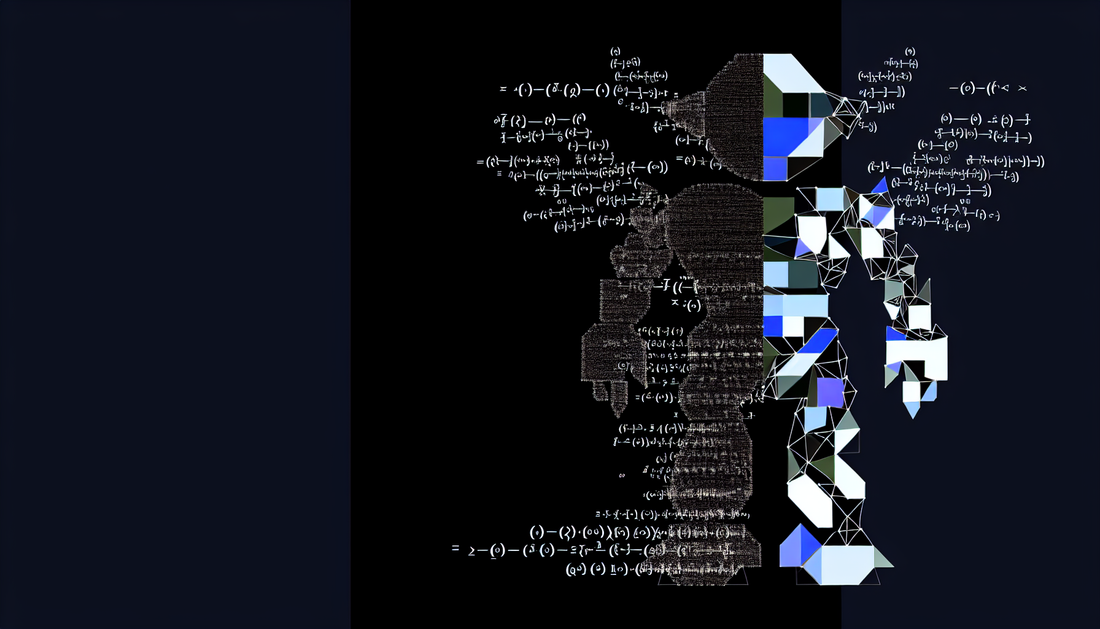
Decentralized Governance in Golem Network Explained
Share
Exploring Governance in Golem Network (GLM)
The governance of a blockchain network is a critical aspect that influences its evolution and adaptability. Golem Network, utilizing its native token GLM, features a governance model that facilitates collective decision-making, aiming to enhance the network's functionality and efficiency. This structure is essential for ensuring transparency, security, and the decentralization ethos that underpins blockchain technology.
Decentralized Decision-Making
Golem adopts a decentralized governance approach, empowering its community to influence changes and updates within the network. This process helps align the project's direction with the interests of its participants. Through decentralized governance, network participants can propose and vote on changes, ensuring that the community's voice plays a central role in decision-making.
Role of GLM in Governance
The GLM token isn't just a medium for transactions within the Golem Network; it also serves as a cornerstone of its governance model. Token holders can leverage their GLM to propose modifications, upgrades, and policies that they believe will benefit the network. This ability to influence the network's future makes GLM a dual-purpose asset, marrying utility with participatory governance. For an in-depth examination of governance in similar ecosystems, examine our article on Jupiter's Governance Model in Cryptocurrency.
Voting Mechanisms and Community Contributions
In Golem’s governance framework, voting mechanisms are established to ensure that decisions are both democratic and efficient. This participatory process allows GLM holders to cast their votes on various proposals, using their tokens as a measure of influence. The more GLM a participant holds, the greater their voting power, encouraging broader stakeholder engagement in the governance process. Such arrangements are not unique to Golem and can be further explored within the larger ecosystem, as detailed in our article on Decentralized Governance in API3.
Challenges in Governance
Despite the robust governance model, Golem Network faces challenges that are common across decentralized platforms. These include ensuring adequate participation from token holders and mitigating the risk of centralization where a small group holds significant voting power. Achieving a balance between effective governance and decentralization remains a complex task.
The governance structure of the Golem Network exemplifies how blockchain projects can empower their communities by offering them a stake in the decision-making process. As the network evolves, the continued commitment to decentralized governance will be critical to its success and adaptability in the fast-paced blockchain arena. Explore the potential of decentralized governance models further by joining a leading exchange with Binance for your crypto journey.
